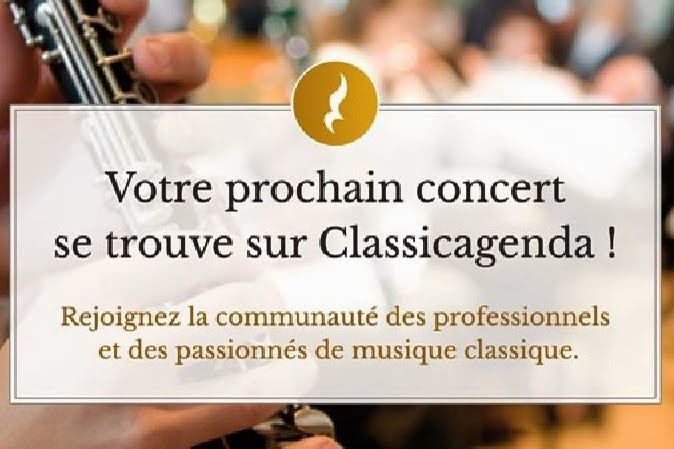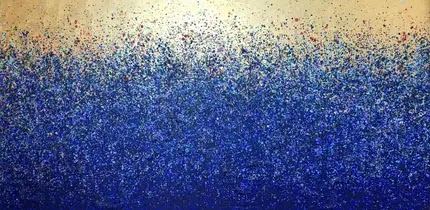
 Often when you visit or wish to have a nice view of the Eiffel Tower, you would go to Trocadero. I have already posted about the Eiffel Tower a number of times and also about the immediate neighbour, the quite interesting Passy Cemetery.
Often when you visit or wish to have a nice view of the Eiffel Tower, you would go to Trocadero. I have already posted about the Eiffel Tower a number of times and also about the immediate neighbour, the quite interesting Passy Cemetery.
Actually we are on a hill with the name Chaillot. On this place you found during some preceding centuries a castle, then a nunnery, destroyed during the Revolution. For a while Napoleon wanted to build a palace here.
The place later got the name of Trocadero referring to another battle won (what else?), close to Cadiz in 1823 - once more the French tried to interfere in Spain. (To find a place commemorating Waterloo you must go to London.)
The place later got the name of Trocadero referring to another battle won (what else?), close to Cadiz in 1823 - once more the French tried to interfere in Spain. (To find a place commemorating Waterloo you must go to London.)
Finally another type of palace, also under the name of Trocadero, was built for the 1878 World Exhibition. (The Eiffel Tower was not yet there; it was built for the 1889 Exhibition.) It burnt in 1935 and was replaced by the present “Palais de Chaillot” in 1937 for another World Exhibition and at the same time the surrounding park was restructured with its water basins etc...
Here you can see what the place used to look like before, a famous photo from 1940 taken by Eva Braun and another one of Eleanor Roosevelt, co writer of the Universal Declaration of Human Rights, adopted at the “Palais de Chaillot” in 1948 by the General Assembly of the newly established United Nations. Today, it’s a place frequently used for demonstrations; here you can see an ongoing one, organised by Sri Lankan Tamils.

The present “Palais de Chaillot” contains naval and ethnological museums in one of its wings, architectural and monumental museums in the other wing and, in the middle (below the esplanade), an important theatre (“Théatre National de Chaillot”).




It’s a place for some important events, outdoor concerts etc., but also on a daily basis you will find a number of more spontaneous performances.
The park is very nice with plenty of green areas for a little rest, there is an aquarium and some remains from the destroyed Tuileries Palace (see previous post)...

Around “Place de Trocadéro”, there are a number of places to take care of your thirst and hunger.





It’s a place for some important events, outdoor concerts etc., but also on a daily basis you will find a number of more spontaneous performances.

The park is very nice with plenty of green areas for a little rest, there is an aquarium and some remains from the destroyed Tuileries Palace (see previous post)...


Around “Place de Trocadéro”, there are a number of places to take care of your thirst and hunger.






















































